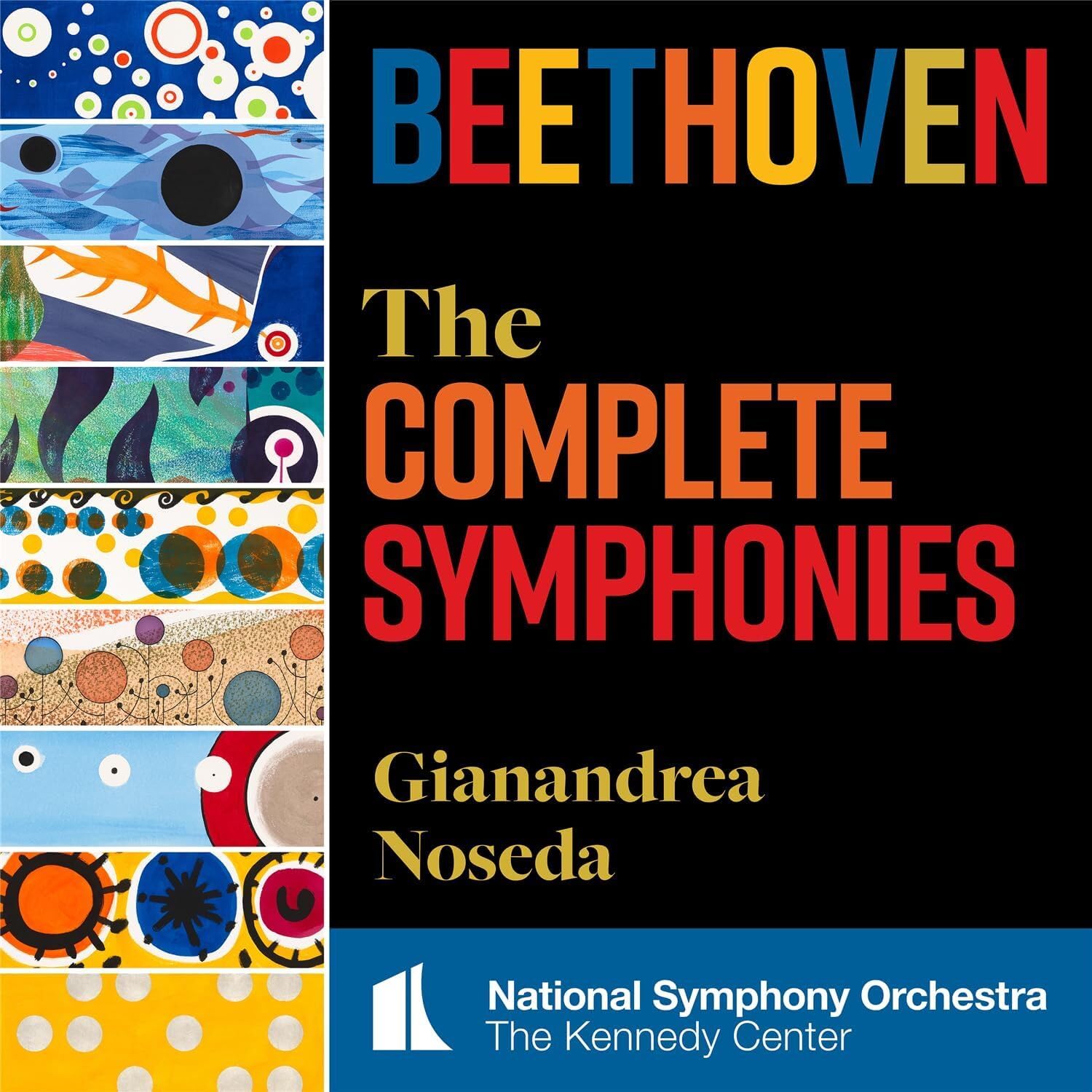 Beethoven: Symphonies 1-9 National Symphony Orchestra/Gianandrea Noseda (NSO)
Beethoven: Symphonies 1-9 National Symphony Orchestra/Gianandrea Noseda (NSO)
I’m old enough to remember the BBC offering free downloads of the complete Beethoven Symphonies under their then Principal Conductor Gianandrea Noseda. Back in 2005, downloading was still a bit of a black art and I think I managed to hear just a couple of the recordings, in decent if thin sound. Wikipedia states that the files were downloaded 1.5 million times. Presumably those performances are languishing on a CD-ROM in a locked BBC vault. Noseda’s new Beethoven set, taken from live performances given in Washington, DC, has just appeared on the orchestra’s own label and it’s very, very decent. For me, part of the appeal is the look of the physical release, illustrator Mo Willems providing "nine abstractions, a visual art piece for each symphony", each colourful panel divided into sections matching the dimensions of each work’s movements. They’re reproduced in miniature in the CD booklet – a better option is to view them on the Kennedy Centre’s website. All fine, but are the performances any good?
Noseda favours flowing speeds and crisp articulation, a particular asset in Beethoven’s even-numbered symphonies. Nos. 2, 4 and 8 are as good as any recent modern instrument performances I’ve heard, No. 2’s finale unfolding like an opera buffa overture. No. 8’s metronomic second movement boasts impeccable wind articulation, and the minuet has a Schubertian swing. No. 6 has a fast, viscerally exciting storm sequence, taken at quite a lick, and an effervescent scherzo. The live recordings, produced by Soundmirror’s Blanton Alspaugh, sound marvellous, with an excellent stereo spread and a warm rich bass. This is a real asset in the slow movements of symphonies 3 and 7, the former’s “Marcia funebre” especially imposing. There’s a superbly controlled buildup to No. 5’s finale, a passage which, rather mysteriously, always feels longer than it actually is. Perhaps No. 7’s finale is pushed a little too hard, but that’s live performance for you. Symphony No. 1 is light, breezy and joyous, and No. 9 is blessed with flowing speeds, decent soloists and an excellent chorus. Peter Laki’s detailed notes on each symphony are an asset, and a pair of bonus discs contain the cycle on Blu-ray audio. An appealing set – beautifully played, well-recorded and appealingly designed.
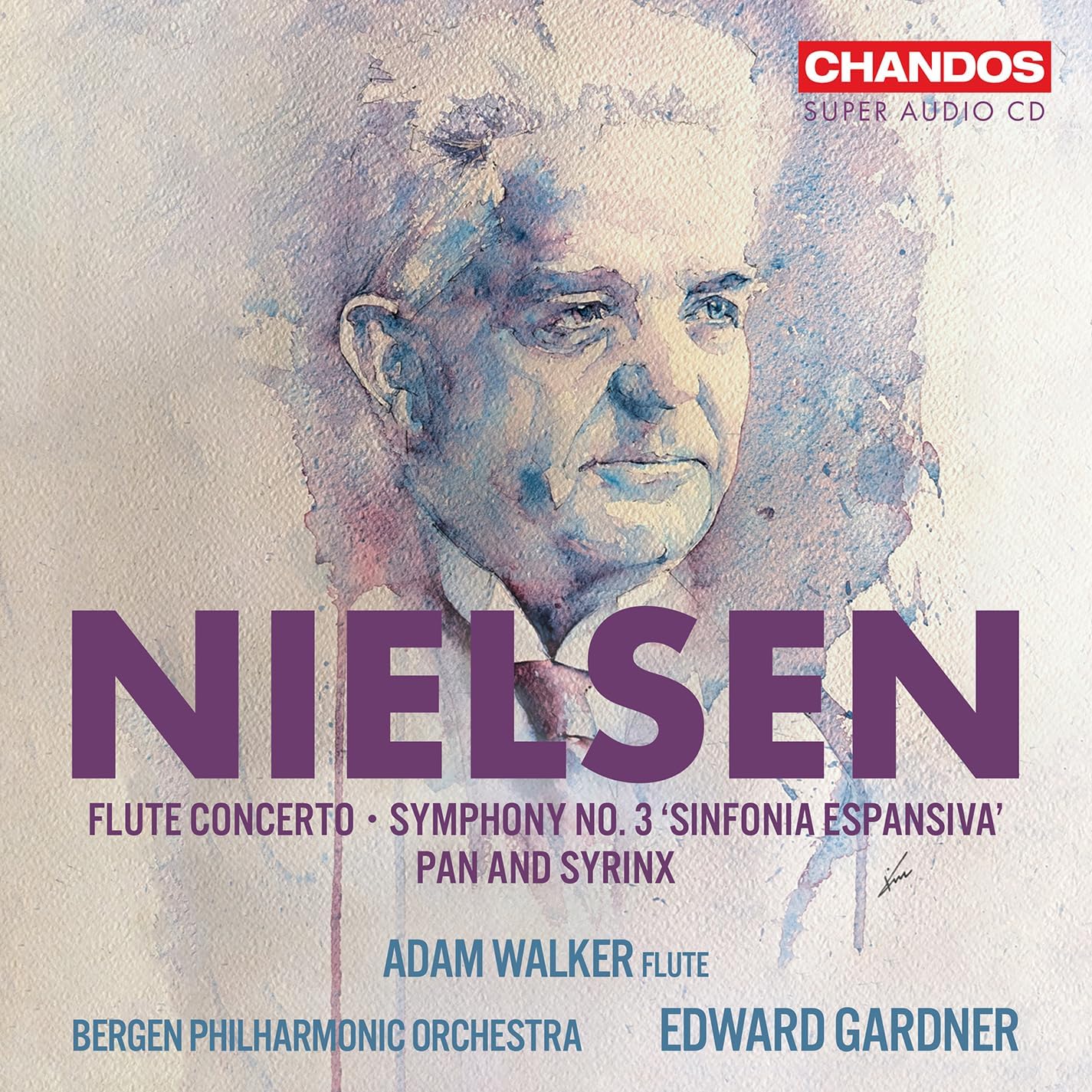 Nielsen: Flute Concerto, Symphony No. 3, Pan and Syrinx Bergen Philharmonic Orchestra/Edward Gardner, with Adam Walker (flute) (Chandos)
Nielsen: Flute Concerto, Symphony No. 3, Pan and Syrinx Bergen Philharmonic Orchestra/Edward Gardner, with Adam Walker (flute) (Chandos)
I can still remember hearing Simon Rattle and the CBSO offer Nielsen’s Pan and Syrinx as an encore after a 1980s Prom, and the audience’s slightly baffled response. This nine-minute "naturscene" is a small masterpiece, a nymph transformed into reed pipes after being pursued by an amorous god. All the Nielsen fingerprints are there, notably virtuosic woodwind writing and some prominent percussion writing. Best of all is the very end, a solo cello sliding into the depths below dissonant high strings. How can music this strange, this bold, have been premiered way back in 1918? It’s fabulously played on this new Chandos disc, Edward Gardner’s Bergen Philharmonic really letting rip and the tempi judged to perfection. It’s followed on this disc by the Flute Concerto, Adam Walker a game soloist in this capricious and witty work. Nielsen’s abrupt swings between thorny counterpoint and lush pastoralism are seamlessly handled, and the second movement’s boozy trombone solos are nicely done.
After which, clear the room and turn up the volume. The unison A hammer blows which kickstart Nielsen’s 3rd Symphony (the "Sinfonia Espansiva") are unusually swift in Gardner’s performance, the effect exhilarating. I enjoyed Fabio Luisi’s recent DG Nielsen account, but this one has more edge and a thrilling sense of danger. Sample the big waltz at 5’26”, prefaced with screeching grace notes on high strings, the dance itself nearly tottering into the abyss. Singers Lina Johnson and Yngve Søberg are nicely balanced in the slow movement’s rapturous final paragraph, and Gardner finds plenty of humour in the scherzo. He also keeps the last movement’s hymn tune surging forward, so the closing pages are exultant and totally free of bombast. Tremendous, in other words; if you’ve any friends or acquaintances who’ve not been bitten by the Nielsen bug, give them a copy of this disc. They’ll thank you.
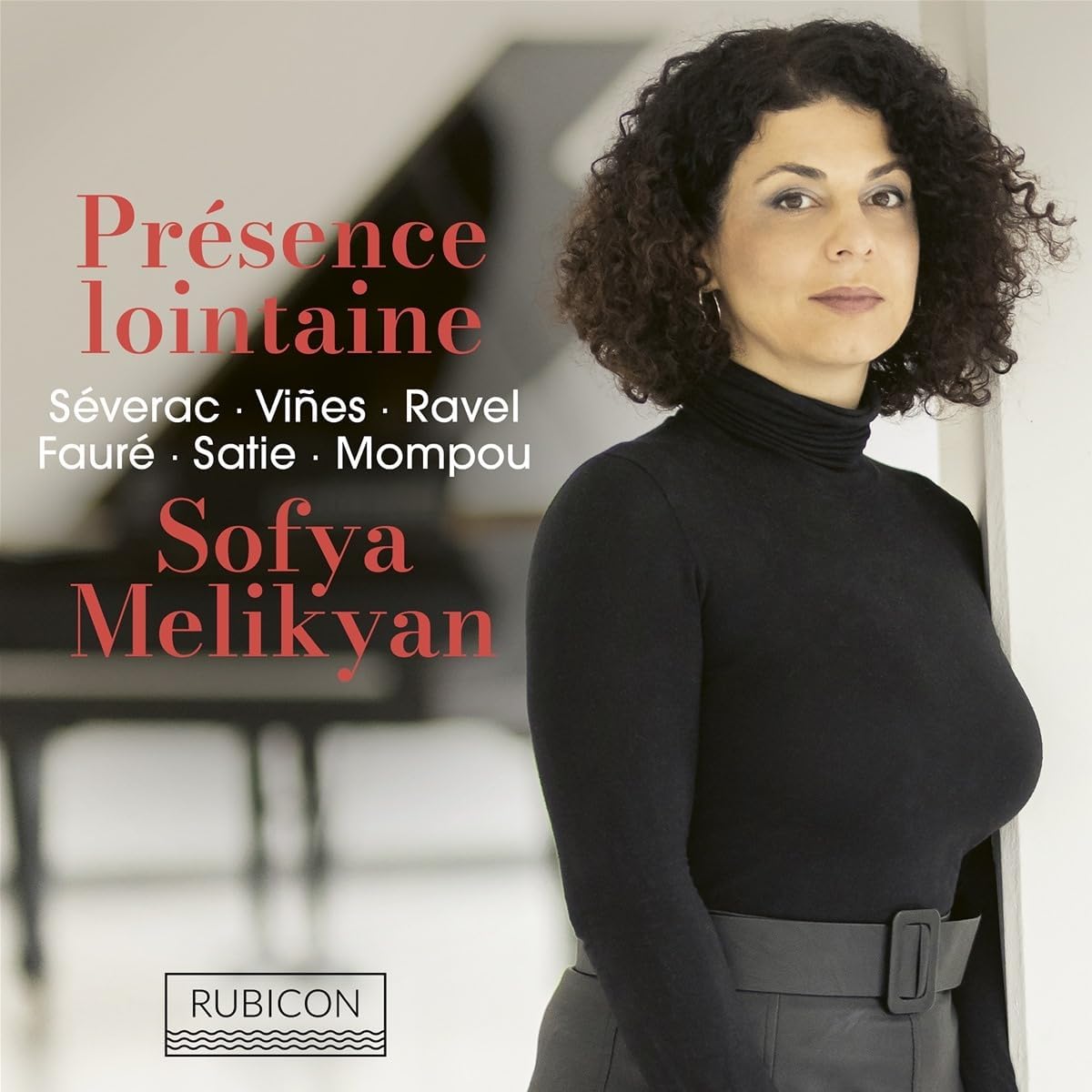 Sofya Melikyan: Présence lointain (Rubicon)
Sofya Melikyan: Présence lointain (Rubicon)
Sofya Melikyan’s recital disc contains a dizzying variety of music, the connecting thread being one Ricardo Viñes. He was a Spanish pianist, a prize winner at the Paris Conservatoire in 1895 who was later described by an admirer as “the shining light of contemporary art” – a virtuosic specialist in contemporary music who dabbled in art collection and poetry, and someone who knew just about everyone worth knowing in early 20th century Paris. Several of the pieces here were dedicated to Viñes, one being the evocative “Coin de cimetière au printemps” from Languedoc by Déodat de Séverac. He’s a fringe figure worth investigating (EMI released a decent collection of his piano music played by Aldo Ciccolini sone years ago), Viñes premiering the work in 1905. Melikyan’s evocative performance digs a bit deeper than Ciccolini’s, the sense of place palpable. “Oiseaux tristes” from Ravel’s Miroires sounds intriguingly modern here, and following it with a Fauré nocturne is deliciously dislocating.
Viñes was Satie’s favourite interpreter of his works, Melikyan giving us his three Descriptions automatiques. The crisp march rhythms of “Sur un casque” are a highlight, and we really can hear scampering footsteps and children’s cries in Mompou’s five Scènes d'enfants. Viñes’s own Quatre Hommages pour le piano are dedicated to Ravel, Fauré, Satie and writer Léon-Paul Fargue respectively, the little “Menuet spectral”, composed in memory of Ravel, especially affecting. An engrossing anthology, brilliantly played and very well-recorded.
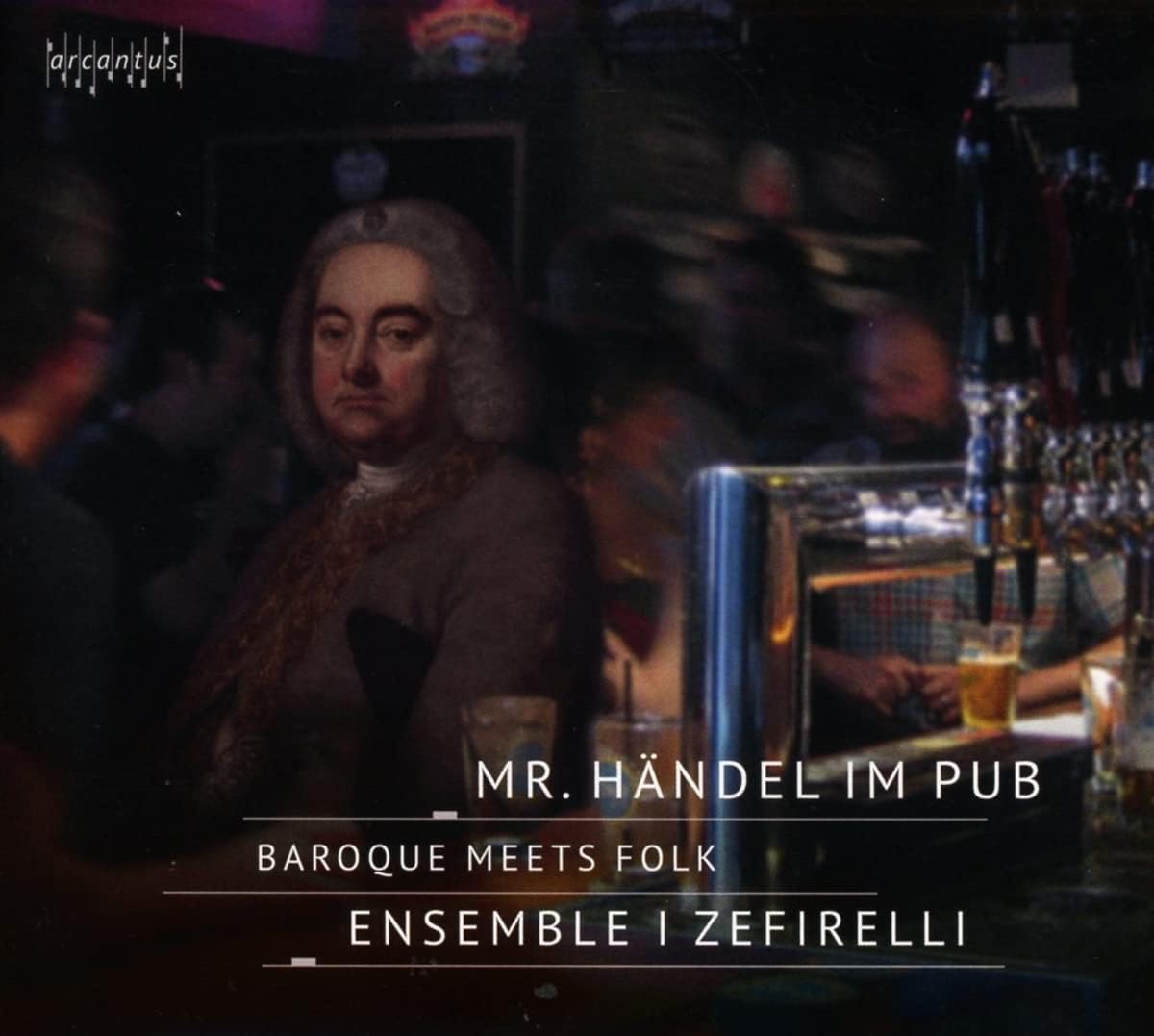 Ensemble I Zefirelli: Mr. Händel im Pub (Arcantus)
Ensemble I Zefirelli: Mr. Händel im Pub (Arcantus)
This effervescent collection belongs alongside Prisma’s enjoyable In The Streets of London, though ‘set’ a few decades later. The album’s spoken prologue here might say something along the lines of “London, 1704. A city regaining its strength after religious and social unrest…”, and this is another celebration of a diverse musical culture. Subtitled “Baroque meets Folk”, I Zefirelli mix works by Handel, Purcell and Corelli alongside contemporary dances and folk songs taken from contemporary collections. Half the fun is in the titles; who wouldn’t want to hear “Mr Lane’s Magot” or “The Mad Buckgoat”? I Zefirelli really convince in the popular numbers, with some flamboyant baroque guitar and percussion contributions from Tobias Tietze and Jeroen Finke, whose extended solo after the final medley is worth the disc price alone.
A Handel Sonata à Flauto e Cembalo played by Luise Catenhusen and Tilmann Albrecht is exquisite, its fast second movement a minor-key retread of the Water Music’s hornpipe. I loved the tiny fourth-movement “Adagio”, lasting just over a minute but feeling so much longer. The other multi-movement work is Purcell’s Sonata VIII à 3, also containing a tiny but probing slow movement. Corelli’s La Folia is a treat, violinist Maria Carrasco Gil making sparks fly near the close, and the Ground after Scotch Humour by one Nicola Mattheis (a celebrated Italian violinist active in late 17th century London) is joyous. History and entertainment in a handy package, with excellent sleeve notes and fun cover art – highly recommended.
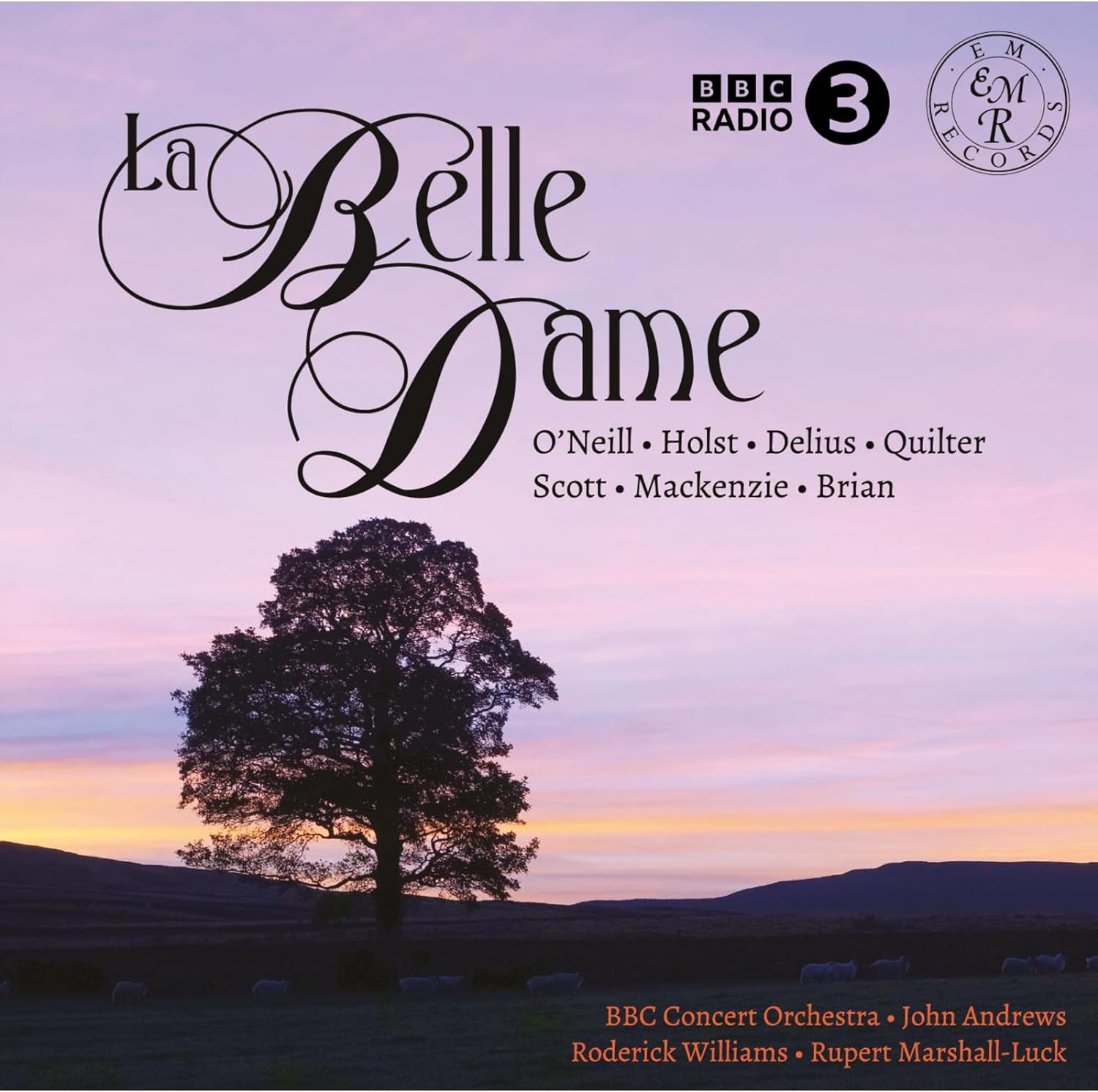 La Belle Dame – music by Quilter, Delius, O’Neill and Brian BBC Concert Orchestra/John Andrews (EM Records)
La Belle Dame – music by Quilter, Delius, O’Neill and Brian BBC Concert Orchestra/John Andrews (EM Records)
Last year I reviewed (approvingly) the EM Records survey of the orchestral music of Peter Warlock by the BBC Concert Orchestra. Now that orchestra and label return with a more diverse – and less focused – collection of music by British composers who mostly were born around the 1870s and mostly died around the 1930s. Some are still familiar names, while others have more or less vanished from view. The repertoire here fills in gaps of previously unrecorded and is useful in that respect, but it’s not full of revelatory discoveries. Roger Quilter’s “The Faithless Shepherdess” is, in the safe hands of Roderick Williams, an engaging opener. Originally for voice and piano, later orchestrated by an unknown arranger, is very much in the stylistic vein of Williams’s own terrific orchestrations of English song, released by the Hallé in 2022. Frederick Delius is one of the better-known names on the disc, although this is relative, as he is largely ignored these days. I’ve never been grabbed by Delius, and this Petite Suite d’Orchestre no.1, getting its first recording (and indeed apparently the first performance of any kind) is pretty unmemorable, if perfectly well played. Holst’s Nordic scena Ornulf’s Drapa is more colourful, and an impressive student piece, but not the mature Holst.
The biggest item on the programme is Norman O’Neill’s La Belle Dame sans Merci. O’Neill (1875-1934) was part of the “Frankfurt Gang” alongside Percy Grainger, Cyril Scott and others, and I’d never heard of him. His Keats setting from 1908 has evidence of O’Neill’s contemporary success as a theatre composer, and Williams imbues it with drama and Edwardian elegance. Havergal Brian, mostly known for expansive symphonies, is represented by a small Legend, orchestrated by its soloist, violinist Rupert Marshall-Luck. It covers quite a lot of ground in its intense seven minutes, but I was more taken with the self-confidently Victorian Colomba, by Sir Alexander Campbell Mackenzie, another composer time has not been kind to. Conductor John Andrews is a tireless exponent of neglected English music and does a good job marshalling the BBC Concert Orchestra – and the EM label deserve plaudits for their work in this field – but sadly there was nothing here that set my pulse racing. Bernard Hughes
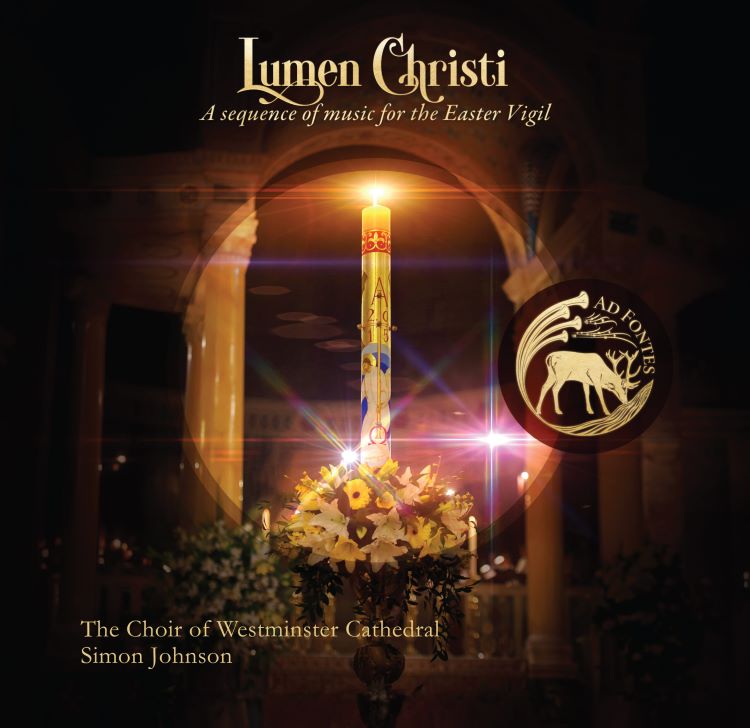 Lumen Christi: Music for the Easter Vigil Choir of Westminster Cathedral/Simon Johnson (Ad Fontes)
Lumen Christi: Music for the Easter Vigil Choir of Westminster Cathedral/Simon Johnson (Ad Fontes)
It’s slightly hard to know how to approach this CD, as judging it on purely musical terms seems a category error. This is a recording of the music from a Catholic Easter vigil at Westminster Cathedral (although recorded at Buckfast Abbey), with all the sung liturgical bits present, a memento of a church service which isn’t pretending to be a “concert”, even as it presents some musical gems. Hearing sacred music by composers like Palestrina and Monteverdi in their original, liturgical context is interesting and to an extent valuable, but as a musical listening experience, the three-minute “Litany of the Saints” or the seven-minute chanted “Exsultet” are, frankly, boring. But of course that is an irrelevant judgment with regard to their function within the devotions of the vigil. On a musical note, I prefer my Gregorian chant “as nature intended” – a monophonic line, without the tonal chordal accompaniment on the organ used here. But again, that is a question of musical taste, and this is a church service, and this clearly reflects contemporary Catholic practice.
But as to the musical highlights, there are plenty. Lassus’s “Jubilate Deo” reminds me, as listening to Lassus always does, that I should listen to more Lassus. The “Gloria” from Monteverdi’s Missa Ave Domini Jesu Christe is opulent and sung with energy and swooping lines. Of the newer composers Martin Baker’s arrangement of “O filii et filiae” has some spicy organ and imaginative harmonisations. The biggest discovery for me was Jean L’Héritier (c.1480-c.1551), not a composer I know, but whose “Surrexit pastor bonus” will prompt me to seek out more. The recording offers you the listening experience of sitting in the pews: spacious, resonant and a bit distant. The choir, under the Master of Music Simon Johnson, are rich in sound, agile and dancing in the Baker and poised in the Palestrina. The top line of 16 boy trebles are supported by 13 adults, again all male; I won’t get into the discourse about all-male cathedral choirs, I just note it. The presentation of the CD is lavish, bound like a hard-back book, boasting thick paper, generous notes, texts and illustrations. Bernard Hughes



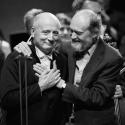










Add comment